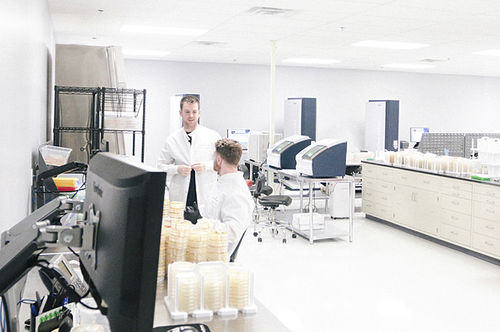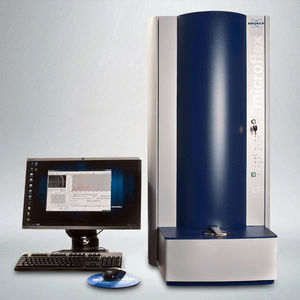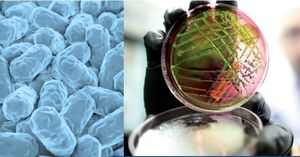
- Laboratory
- Laboratory medicine
- MALDI-TOF bacterial identification system
- Charles River Laboratories
- Company
- Products
- Catalogs
- News & Trends
- Exhibitions
MALDI-TOF bacterial identification system AccuPRO-ID®
Add to favorites
Compare this product
Characteristics
- Technology
- MALDI-TOF
Description
AccuPRO-ID® offers a unique polyphasic approach to MALDI-TOF microbial identification by utilizing proteotypic mass spectrometry technology supported by our AccuGENX-ID® DNA sequencing method at no additional cost. This identification method is an ideal combination of rapid results and increased identification accuracy.
The MALDI-TOF microbial identification testing process yields a unique protein spectral fingerprint that is then compared to the Accugenix® validated MALDI database for bacteria, yeast, and fungal identification. The AccuPRO-ID® solution provides higher accuracy rates than phenotypic methods, produces faster results, and is a less expensive option for routine environmental monitoring programs.
AccuPRO-ID® Service Capabilities have Expanded to Identify Filamentous Fungi in Addition to Bacteria and Yeast
Fungal identifications are a growing concern for manufacturers' quality control efforts. Our library, combined with our robust sample processing using a specialized media, Conidia Agar Plates, generates a significantly higher identification rate compared to the industry average.
AccuPRO-ID® MALDI-TOF microbial identification requires fresh growth, so samples must be alive and healthy. Live cultures should be shipped overnight at ambient temperature. The total time from sample inoculation to arrival should not exceed 48 hours. Live cultures exceeding 48 hours of age may have to be subcultured.
Catalogs
Other Charles River Laboratories products
Microbial Identification and Strain Typing
Related Searches
- Assay kit
- Solution reagent kit
- Immunoassay assay kit
- Infectious disease detection kit
- Analysis medical software
- Laboratory reagent kit
- Enzyme reagent kit
- ELISA assay kit
- Buffer solution reagent kit
- Control software
- Bacteria reagent kit
- Laboratory software
- Reporting software
- IgG test kit
- Cell assay kit
- Microbiology reagent kit
- Monitoring software
- Automated software
- Hospital software
- Tracking software
*Prices are pre-tax. They exclude delivery charges and customs duties and do not include additional charges for installation or activation options. Prices are indicative only and may vary by country, with changes to the cost of raw materials and exchange rates.







